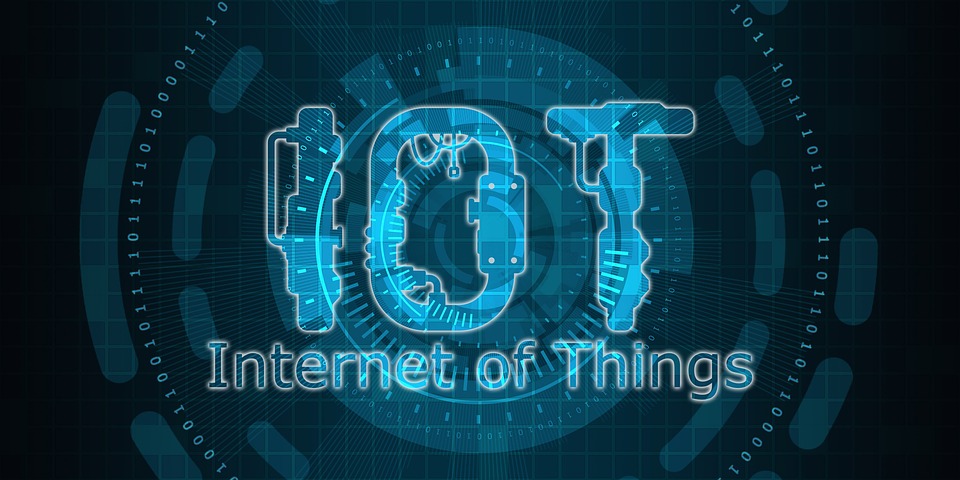
Are you currently confused about what to look for when choosing an IoT data plan?
You’ve come to the right place. In this guide, we will discuss a few important criteria you should consider when choosing the best IoT data plan for your business.
Whether you are just building a small IoT system or you already have hundreds of connected devices in an existing IoT deployment, you can check our list below to make sure you are using the right IoT data plan for your system.
IoT Data Plan as IoT Connectivity Option
IoT cellular connectivity made possible with IoT data plans and IoT SIM cards, as we know, is not the only IoT connectivity option we have at the moment. There are alternatives like Wi-Fi, Bluetooth, or even LPWAN (Low Power Wide Area Network) technologies developed specifically for IoT implementations.
With that being said, IoT cellular connectivity remains a popular option in many IoT deployments all around the world due to its unique advantage: at the moment cellular IoT is one of only two solutions capable of enabling global IoT connectivity, together with satellite. It is also worth noting, however, that cellular connectivity via IoT data plan is much more affordable than satellite connection.
When discussing three technical requirements of IoT connectivity solutions: power consumption, bandwidth, and coverage range, we can categorize cellular connectivity as high power consumption, high bandwidth, and large coverage area, with its main downside being its high power consumption.
Thus, typically when you decide to utilize cellular IoT connectivity to power up your IoT solution, you are looking to leverage its high bandwidth and large coverage area. When discussing the different factors to look for when choosing an IoT data plan, these two factors will be our main emphasis.
Key Factors To Consider In an IoT data Plan
1.Cellular Network Technology
The term “cellular network” is actually an umbrella term for various different cellular technologies. Nowadays, most of us use 4G LTE (News - Alert) in our smartphones, but some areas have adopted newer and faster 5G connectivity.
The thing is, different IoT devices might only support specific cellular technology. Older devices, for example, might only support a 2G or 3G connection, and devices that can’t accommodate bigger batteries might want to use low-power cellular technologies like Cat M and NB-IoT.
You’d want to look for an IoT data plan that can accommodate your IoT devices while considering these different connectivity technologies.
2.Reliable Coverage and Roaming
Reliable coverage is an extremely important consideration when choosing between different IoT data plans. In IoT deployments, downtime and even unstable signals can cost the operator a lot of money in the long run, and if you are serving customers with your IoT system, it can lead to long-term reputational damage.
Also, if you plan to scale your IoT deployments to more geographic locations, you’ll need an IoT data plan that can ‘follow’ you as you scale your system. You might want to look into affordable data plans that also offer reliable global coverage like Truphone (News - Alert) for Things IoT data plan, with reliable coverage in more than 100 countries with partnerships with tier 1 mobile networks all around the world.
3.Data Security
Your IoT deployment may involve sending and receiving a huge volume of data, so security should be your main concern to protect the integrity and privacy of your and your customer’s information.
Make sure your IoT data plan provider offers adequate data transport and routing security like the proper implementation of VPN/APN, multilayer security infrastructure, and others. You’d also want to look for a network provider that also offers 24/7 monitoring and customer support for help in the event of data breach and other cybersecurity issues.
4.Transparent and Predictable Pricing Scheme
If your IoT data plan bills only involve one or two IoT devices, then this might not be a big issue. However, as your IoT system grows bigger, sorting through your IoT bills and managing the growing data plan costs can become very expensive and time-consuming.
You’d want to partner with an IoT data plan provider that offers a transparent contract with a predictable pricing scheme, including when considering scalability. There are data plans that charge hidden fees for data overages, international roaming, and others, so make sure to carefully read the fine print before deciding on a provider.
5.Device Management Software with Built-in Provisioning and Analysis
Again, once your IoT network has grown bigger and includes hundreds if not thousands of devices and sensors, managing all the connections between these devices can be a major hassle.
You’d want an IoT data plan provider that provides intuitive, easy-to-use management software to help manage your connectivity and IoT devices, including when your devices are connected globally over different cellular networks.
Truphone for Things, for example, offers a device management system where you can manage and monitor all your connected devices in a single interface with remote onboarding, provisioning, and configuration.
Proper management software can also help in monitoring the network’s data usage, and overall performance, so you can adjust your data usage as well as pricing plan accordingly.
6.Optimal Cost Efficiency
Last but not least, is the price of the data plan.
It’s important to note that different types of IoT deployments require different types of data plans, and you’ll also need to consider flexibility if you want to scale your IoT system in the future.
For example, if a data plan is initially affordable but would charge expensive extra fees as you add more devices, then the total cost of ownership (TCO) might not be as optimal. Check for an IoT data plan that provides cost-efficiency and can follow your future scaling.
